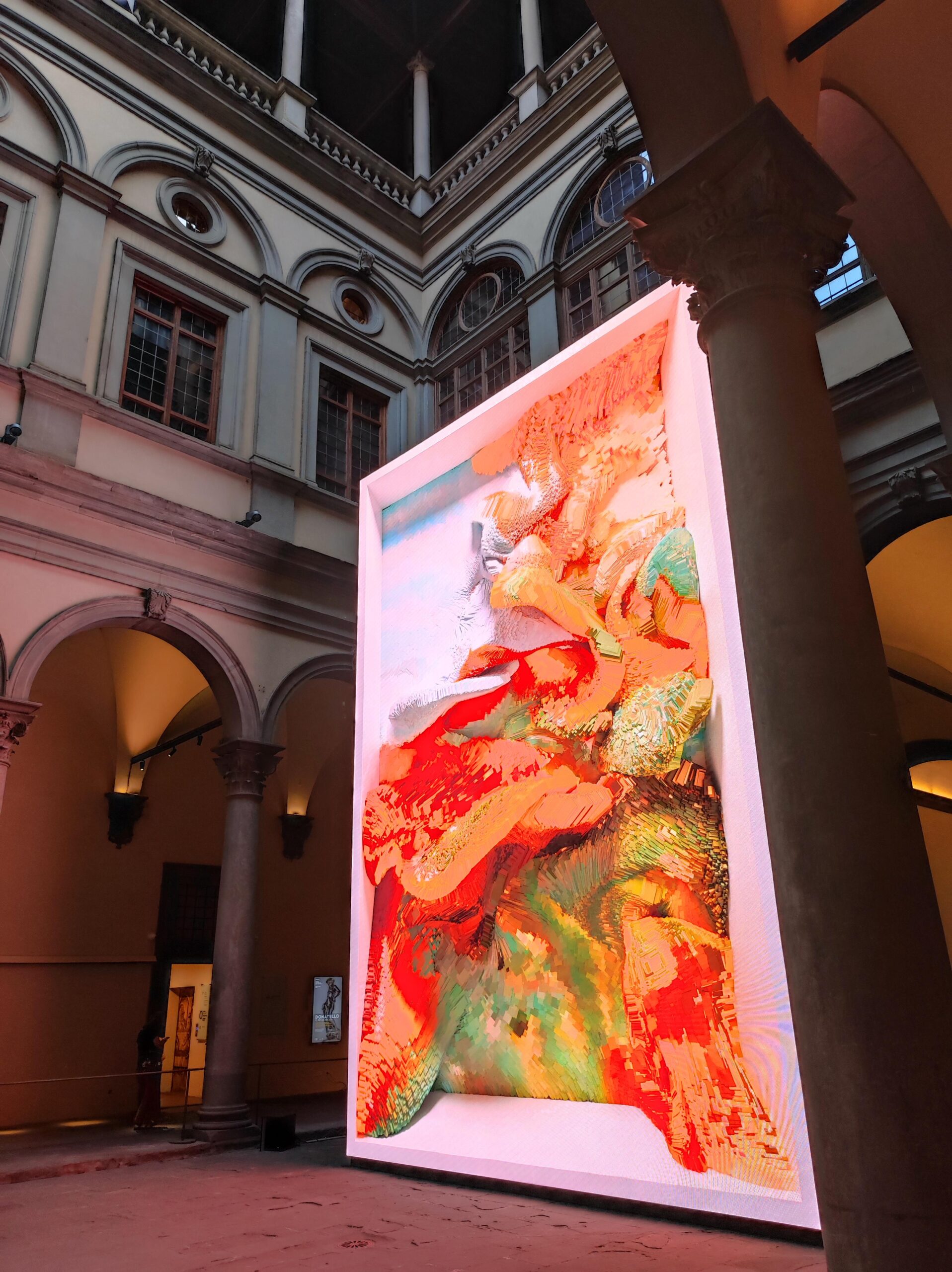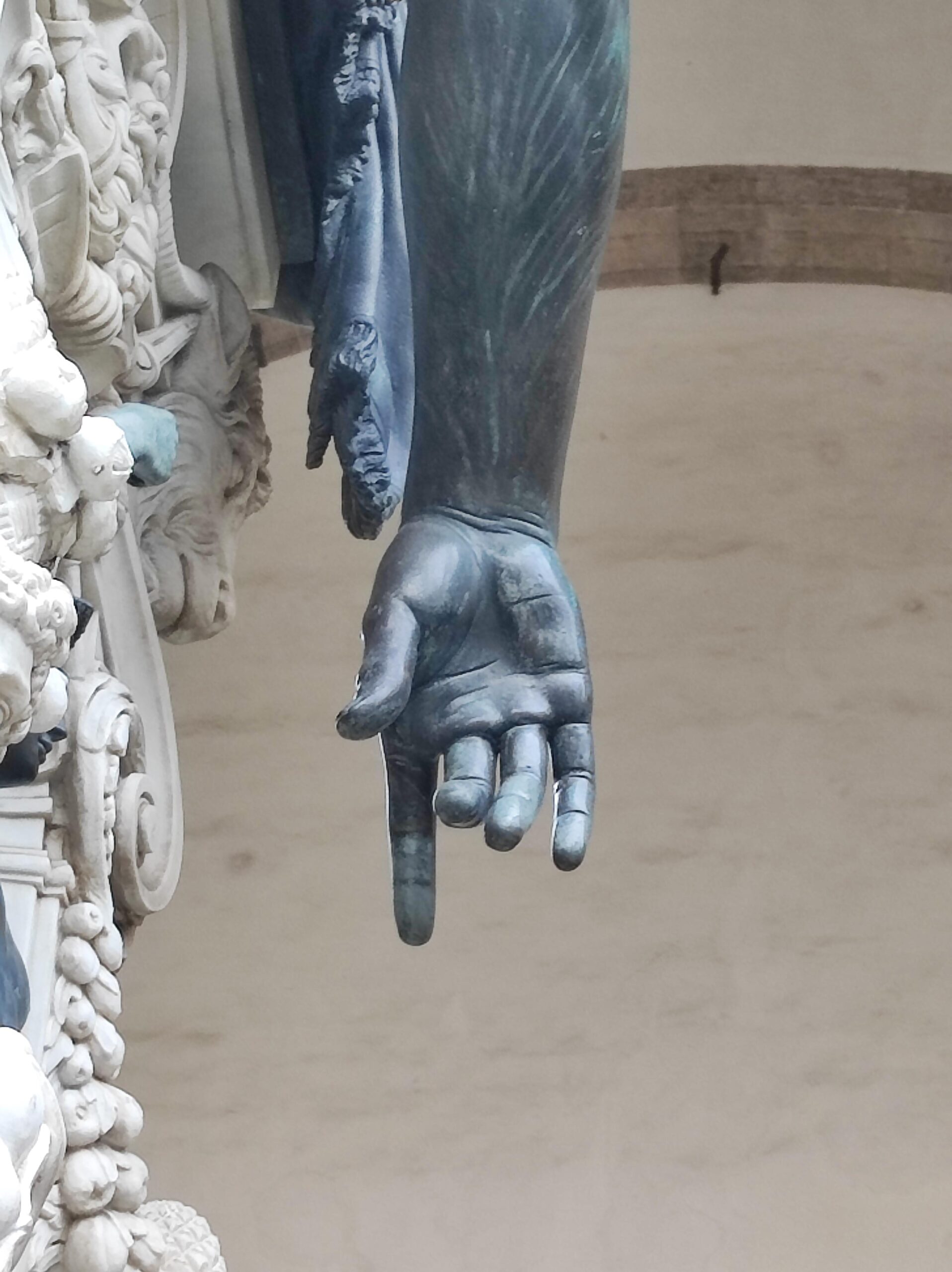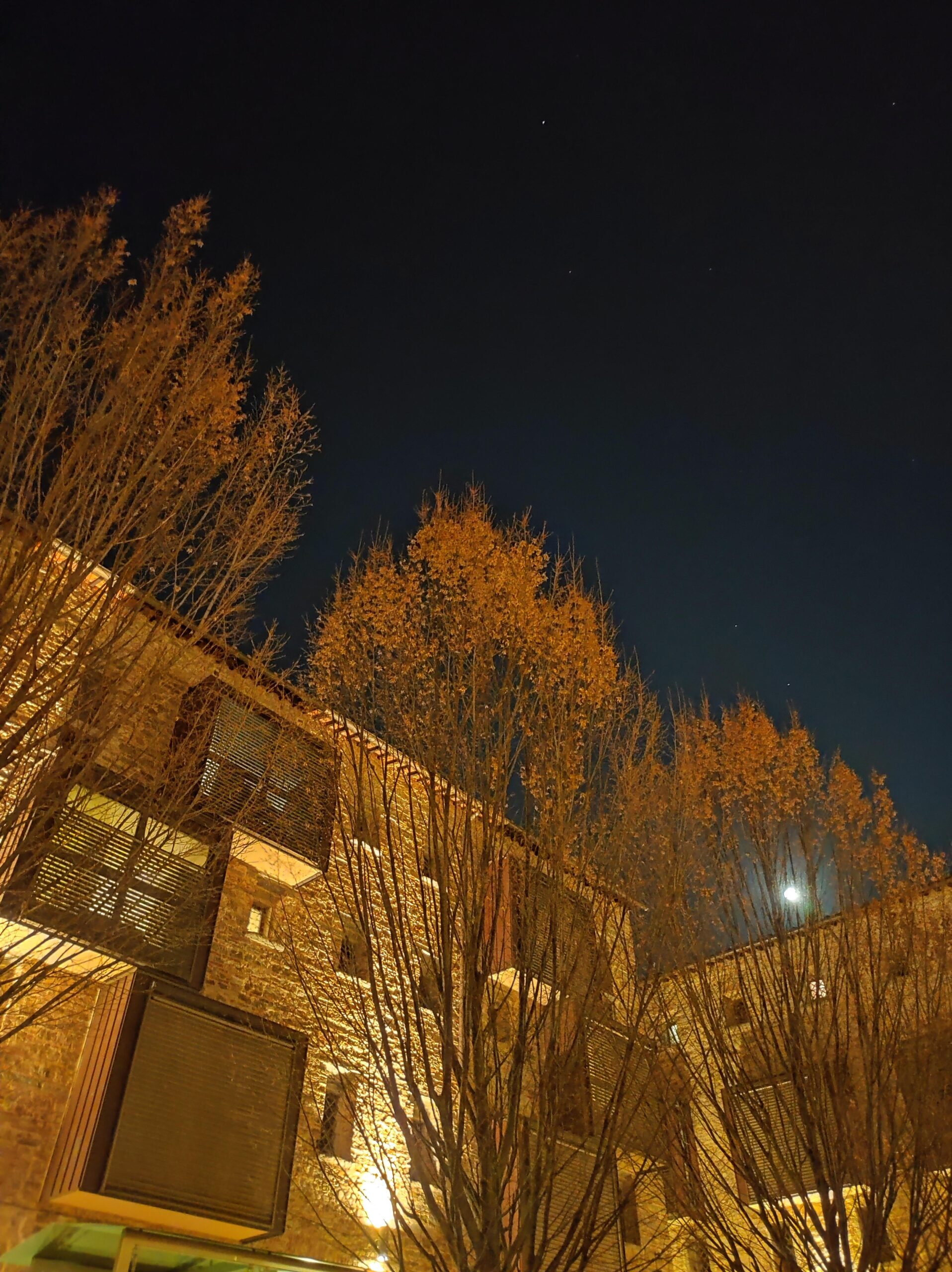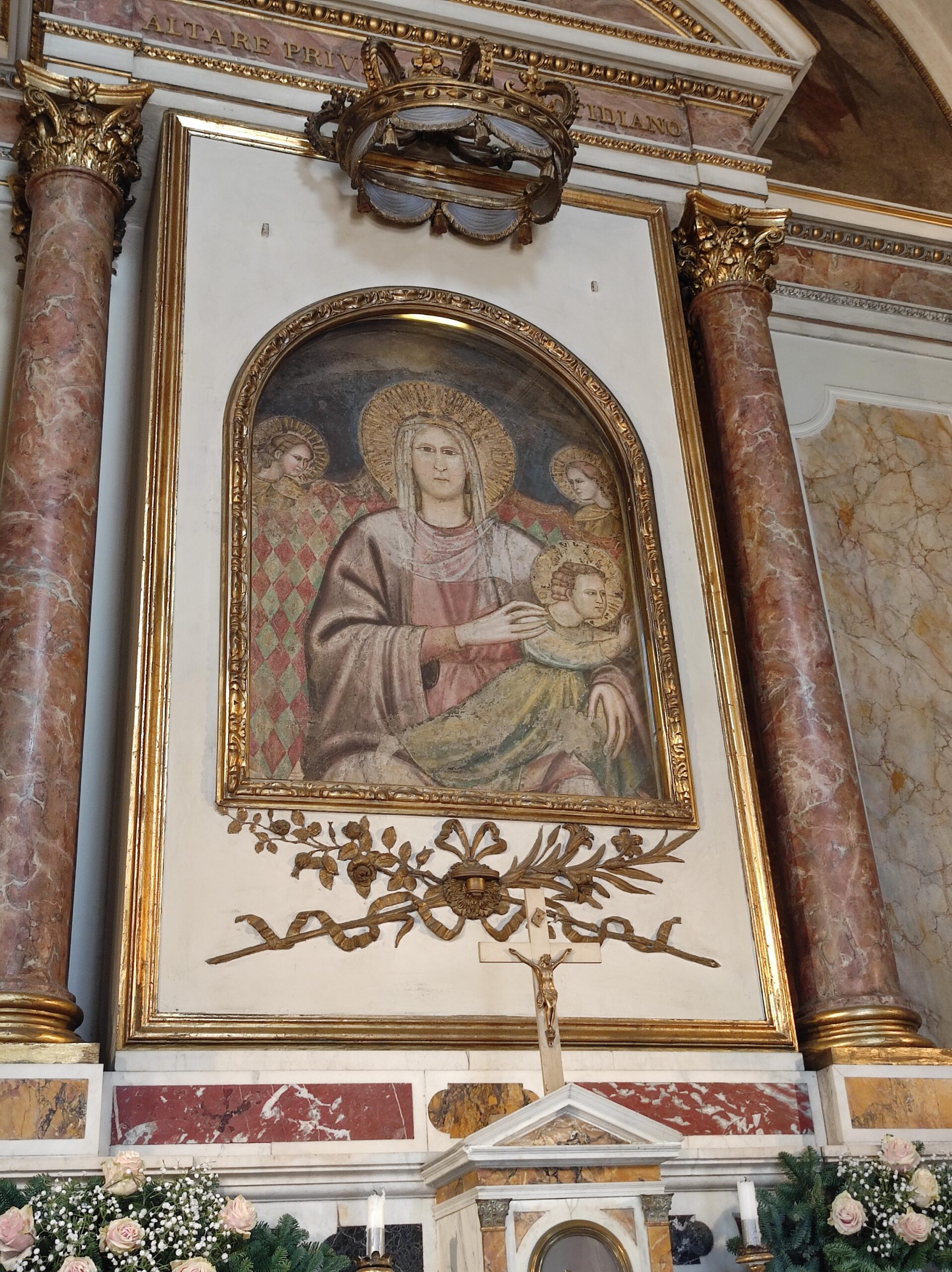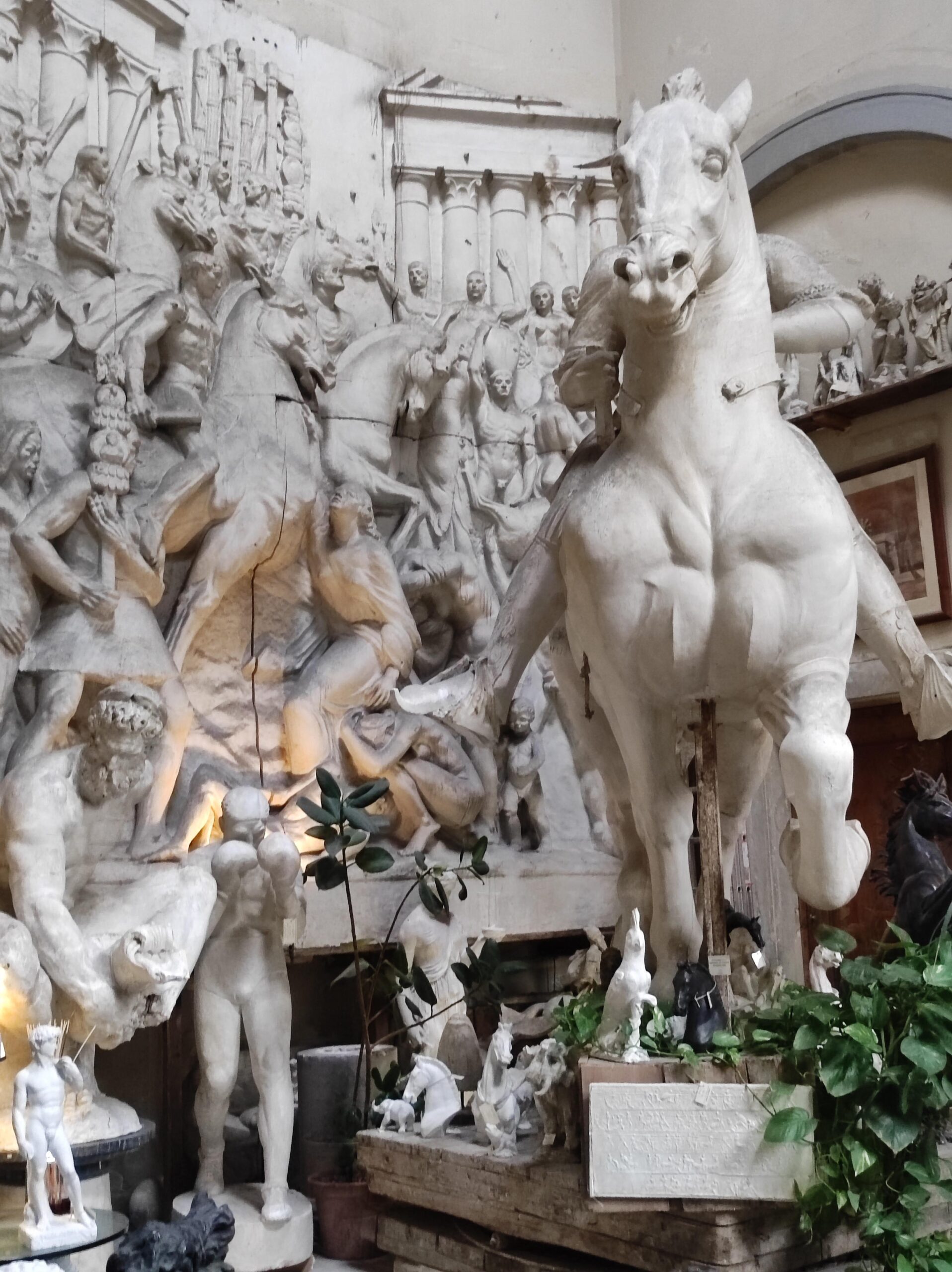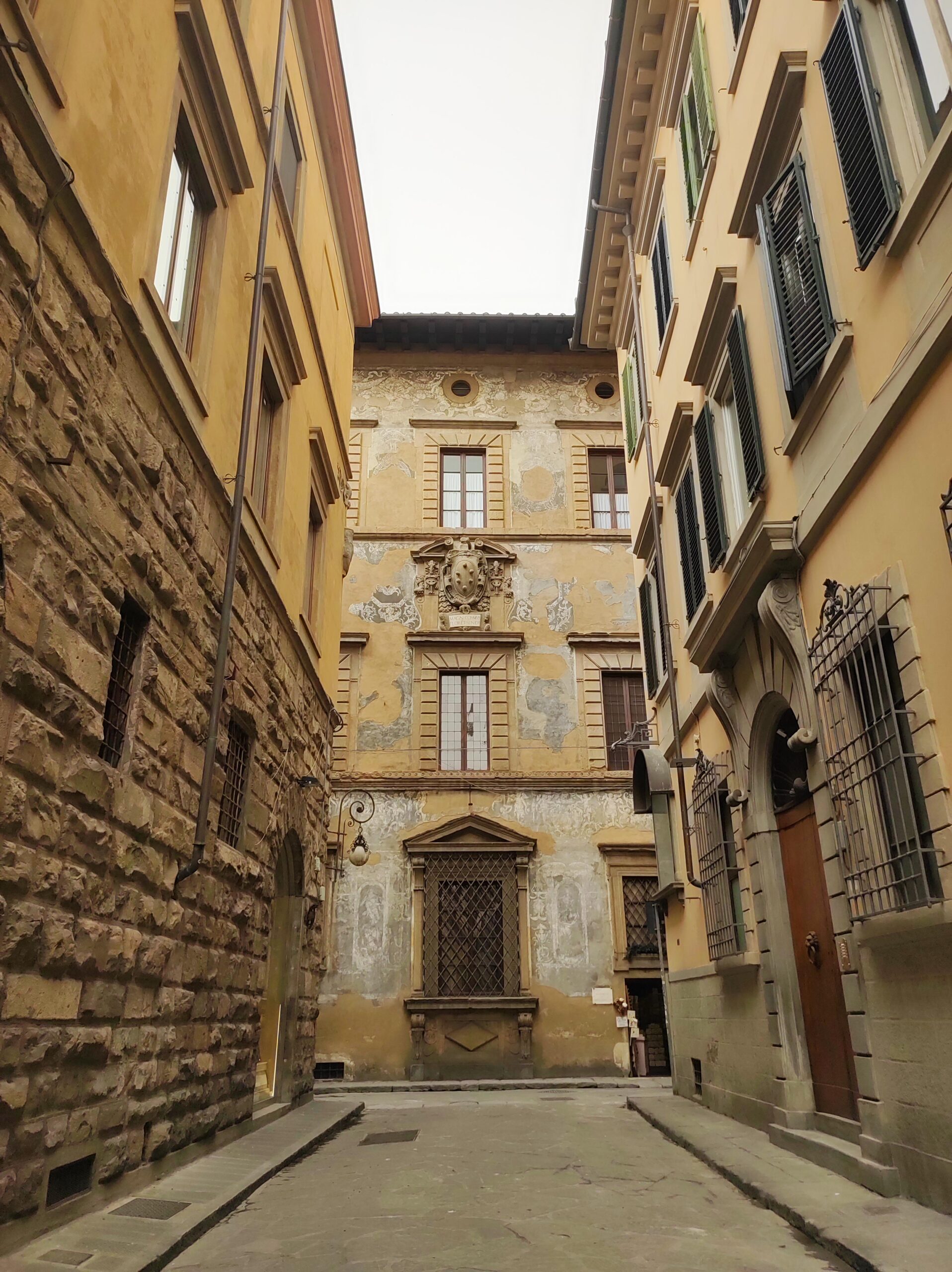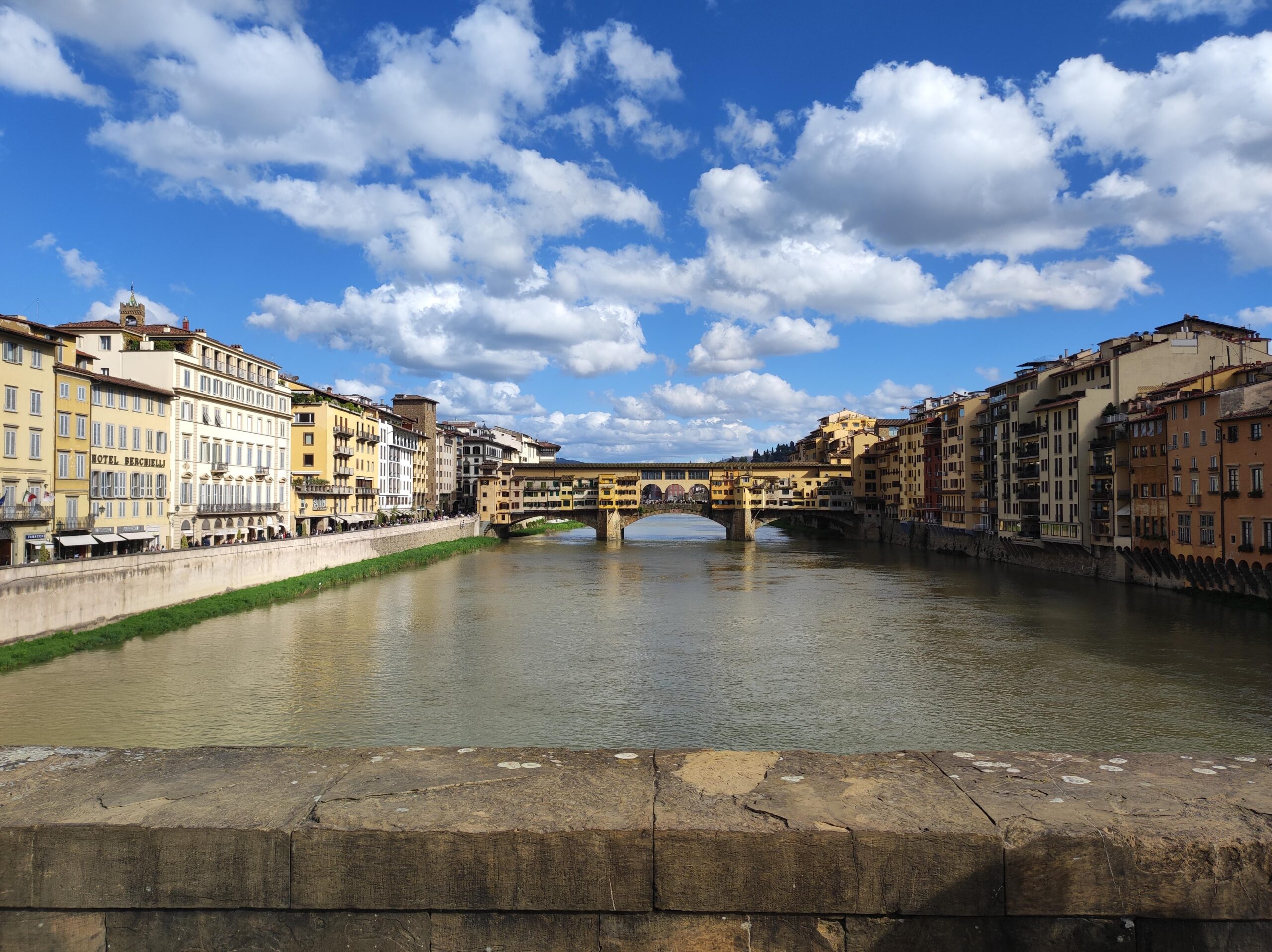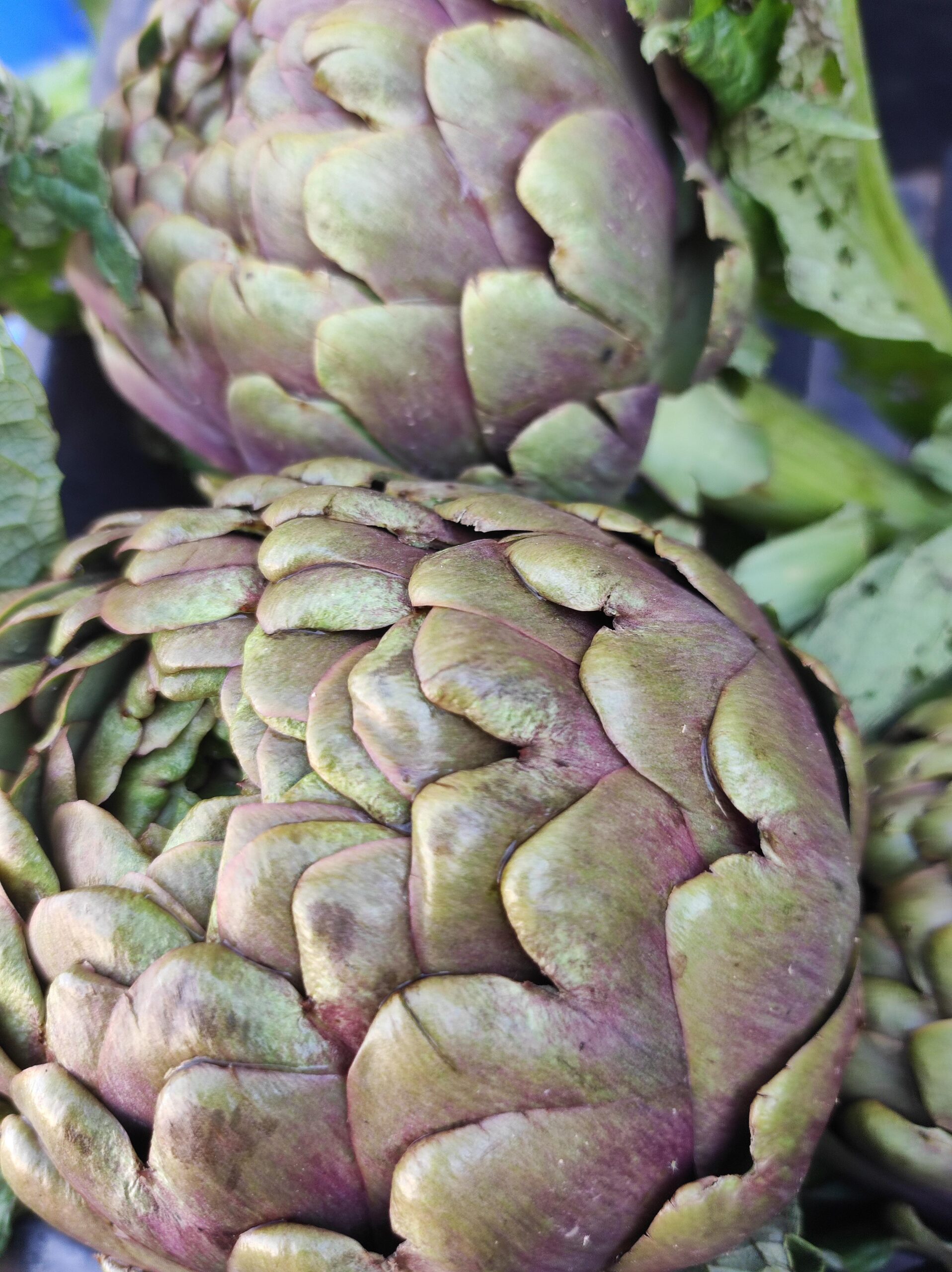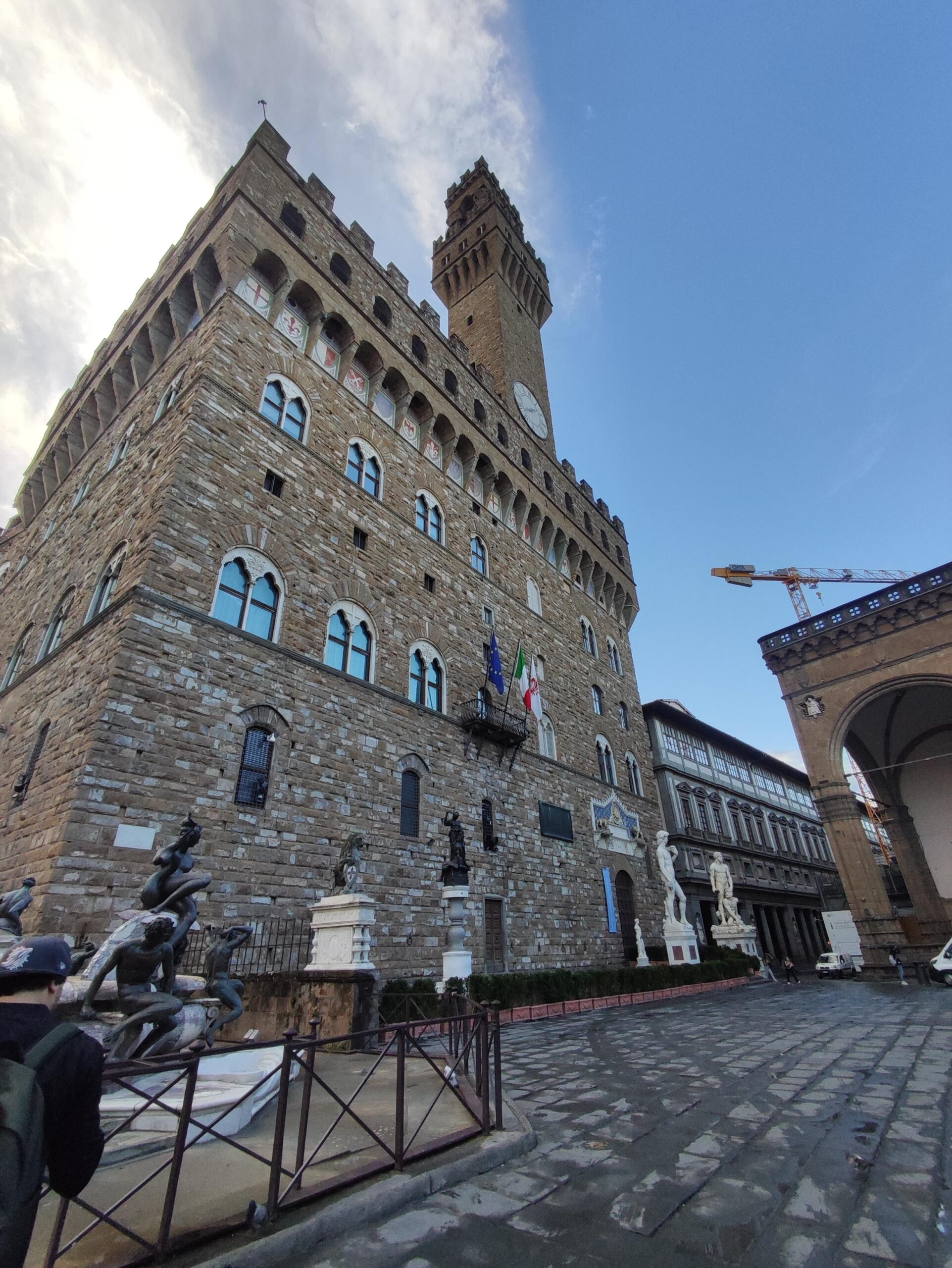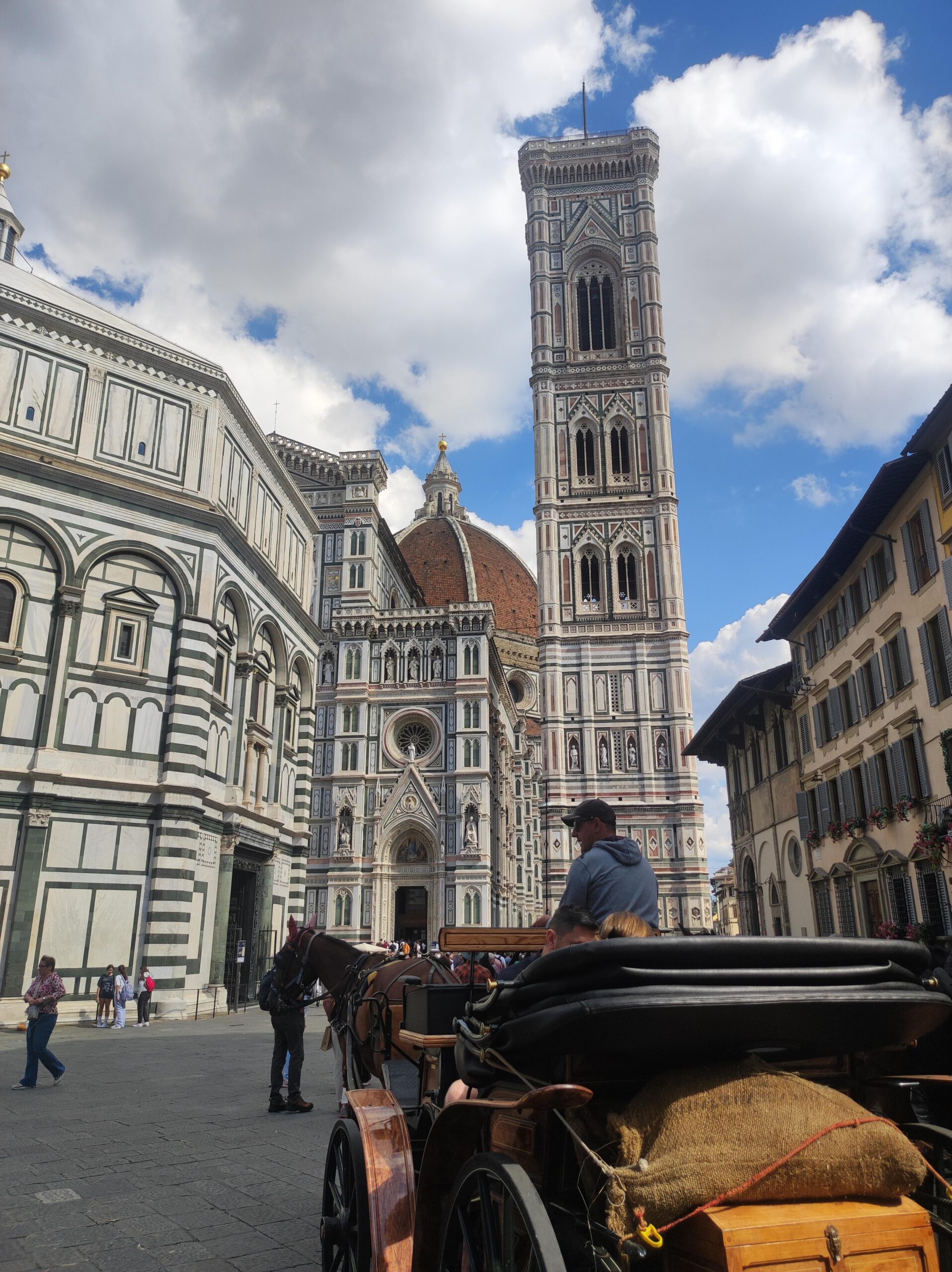DISCOVER FLORENCE
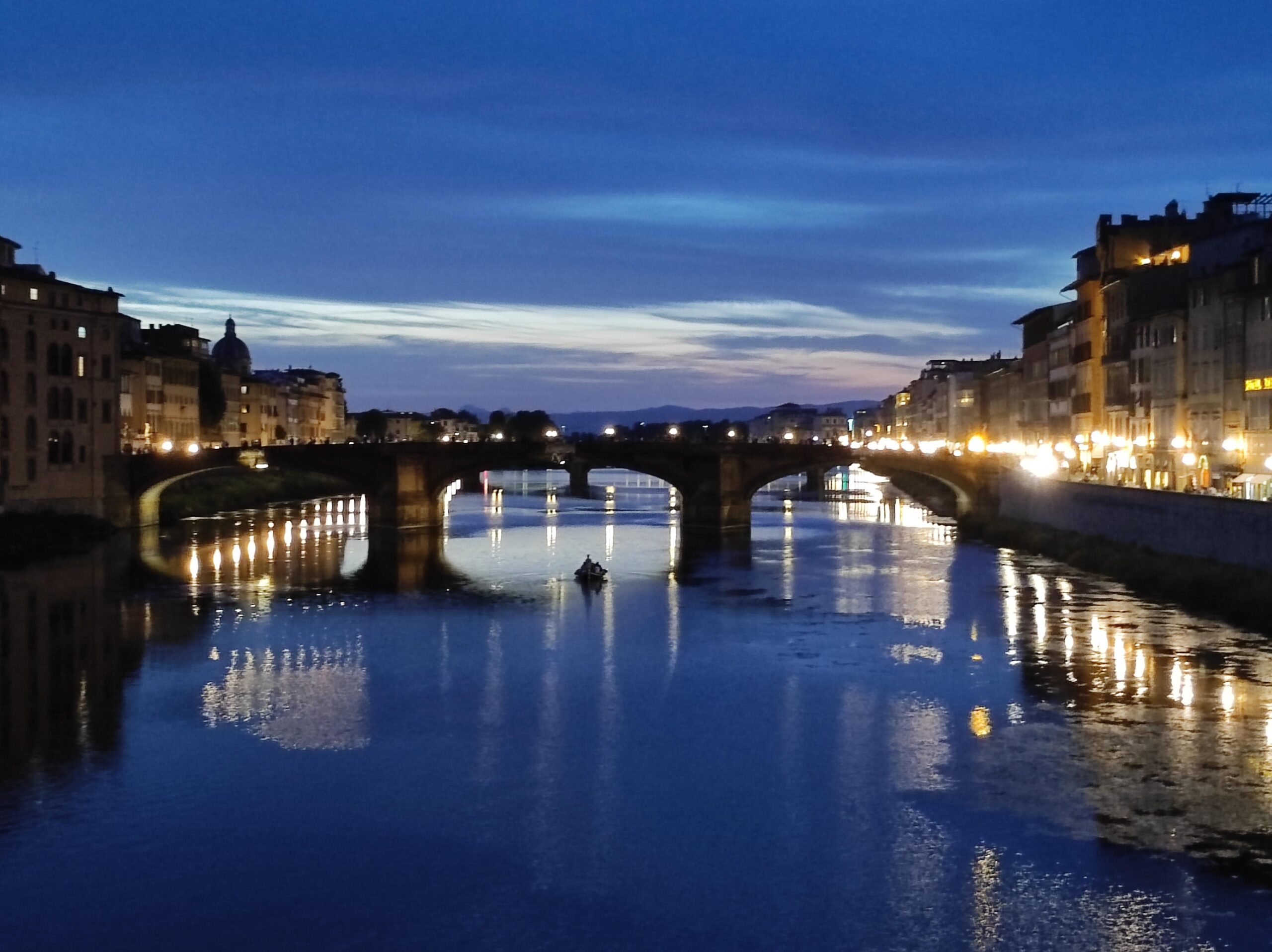
Walking tour without additional costs: more than an orientation walk (3 hours)
Take a guided walking tour through the medieval center of Florence at the very beginning of your stay. We will discover how Florence – worldwide known as the nest of the Renaissance and a UNESCO heritage site since 1982 – has played a significant role in the history of the world. It will be easier to orient yourself and optimize the use of time during your stay.
A possible meeting point:
Our walk may, for example, start from Piazza Santa Maria Novella, which is a very easy to find meeting point, just across the street from the main Railway station Santa Maria Novella. Here, after an overview of the city and of the district, we will also consider some good tips on food and interesting shops located nearby. The route I suggest is just one of many possible itineraries. So, in case this side of the city is already well known to you, contact me and we'll choose together an itinerary that is more congenial to you .
Piazza Santa Maria Novella:
The square is dominated by the imposing building of the church, a Basilica built by the Domenican order during the early 13th century. However its geometric pattern in green and white marble was designed by Leon Battista Alberti in the 15th century and it represents one of the most significant examples of Renaissance. The church also boasts works by Giotto, Ghirlandaio and Vasari. Before leaving the square, we will check the time by looking at shadows cast by the sun on sundials hanging from the facade.
The Duomo: Brunelleschi’s Dome and the Baptistry
Walking towards Piazza del Duomo through medieval alleys we will also pass by an operating-wine window, some interesting boutiques and artisan workshops where you will be able to take interesting pictures. Filippo Brunelleschi’s dome is one of Florence’s great attractions and it is visible from the square. The dome belongs to the Cathedral of Santa Maria del Fiore, still one of the biggest churches in the world. This is the religious heart of Florence, where citizens, including Dante Alighieri, were baptized. The story of the cathedral and of its baptistery is quite long: you may not know that the church was built in time span of about six hundred years! I will be much quicker in the explanation: I promise!
Want to know more about this important commission? Book a tour to the Duomo complex!
Back to the Roman age: Piazza della Repubblica
After reviewing the main aspects of the Duomo we will walk towards Piazza della Repubblica, one of the few modern-age squares in Florence, built on the ashes of the Jewish ghetto. Where today you see a huge triumphal arch and a merry-go-round, there was once the ancient centre of Florentia: its Forum was located where you see now the “Column of the Abundance”. Florentia, colonia di fondazione romana.
From via de’ Tornabuoni to Ponte vecchio: high-end shopping and elegant buildings
Walking towards the elegant Via dei Tornabuoni we will then reach Palazzo Strozzi, a perfect example of 15th and 16th century private mansions. The huge building, now five centuries old, was originally commissioned by Filippo Strozzi, banker and merchant. His coat of arms consists of three half moons, and is visible on many of the architectural elements of this building. Works started in 1482 and were inspired by the already completed Palazzo Medici. Here, as in the Medici Palace one of the most meaningful status symbols is the large and elegant portico; a vast waste of money and space, located right at the middle of the building.
Ponte Vecchio:
From here we will reach Ponte Vecchio, Florence oldest bridge, where a huge quantity of jewelry stores is located on both sides as was established by Duke Cosmo I de’ Medici in the year 1565. Ponte Vecchio used to be a simple market place and it was turned into an instrument of the Duke’s self-representation. Vasari Corridor, which we will admire externally before reaching Piazza della Signoria, was built with the same purpose. Ponte Vecchio is obviuosly a great spot for pictures, especially at sunset, and it is the right place to meet street musicians and listen to live music at night. Make sure you have a stroll down there!
Would you like to explore the Oltrarno? Book a visit to the Palatine Gallery or a custom made tour!
Piazza della Signoria:
Piazza della Signoria looks like an open-air museum! This vast square was planned in the late thirteenth century as a governmental space by the Guelph party after the defeat of the Ghibellinian one. The supremacy of the Guelphs during the Middle Ages is also witnessed by many political symbols painted in the facade of the Palazzo Vecchio. The Loggia also served for political assemblies, but it lost its original purpose when it was transformed into an exhibiting space. In fact during the 16th century it was filled with masterpieces such as the “Rape of the Sabine Women” by Giambologna and the “Perseus” by Benvenuto Cellini. Want to know more about this open air museum? click .
Along the portico of the Uffizi: Italy’s most visited museum
Walking in between Palazzo Vecchio and the Uffizi colonnade we will recall the rise and fall of the Medici Family, and explain how they could establish their power as Dukes during the 16th century. While walking, we will be accompanied by the gaze of Cosimo the Elder and his grandson Lorenzo the Magnificent, whose statues are located in the portico. The portico of the Uffizi is a scenic place that lends itself to a beautiful photo at any time of the year. This elegant building became the oldest art museum in the world.
Book a tailor made tour to the Uffizi Gallery!
From Ponte Vecchio towards Santa Croce
To complete our walking tour we could pick, for instance, Piazza Santa Croce, a must-see place, dominated by the statue of Dante Alighieri and by the polychrome facade of the Basilica. The square is nowadays known for being the location of the Calcio Fiorentino (Florentine historical football) and is historically meaningful for having hosted important Joustings. The Basilica hosts the oldest painted cross by Cimabue, tombs of Michelangelo, Vasari, Galilei, and the sculpture that inspired the artist Bartholdi in projecting the Statue of Liberty. Dante Alighieri’s tomb is an empty monument conceived during the 19th century. This is the place where we conclude the tour of Florence.
Would you like to see something else? Let’s go to the Galileo Museum for a History of Science tour!!
- Duration3 hours
- Meeting point and starting time: The time and place for meeting point to be arranged with visitors.
- Languages and accessibility: Available in Italian and English. Somewhere the uneven road surface may make traveling in a wheelchair difficult.
PRICES
Prices change according to number of participants and include taxes due by Law.
From one to six people: € 270,00
Seven or more people: €35,00 per person
Children under ten years old: free
Included in the price:
Private Tour with a National Licensed Guide. External visit to: Santa Maria Novella, Palazzo Strozzi, Battistero, S. Maria del Fiore, Giotto bell tower, Via Tornabuoni, Ponte Vecchio, Palazzo Vecchio, Loggia della Signoria, Galleria degli Uffizi, Basilica di S. Croce. If you need to reduce the itinerary or to have a tailor made tour, please contact me here.
Not included in the price:
no additional costs


